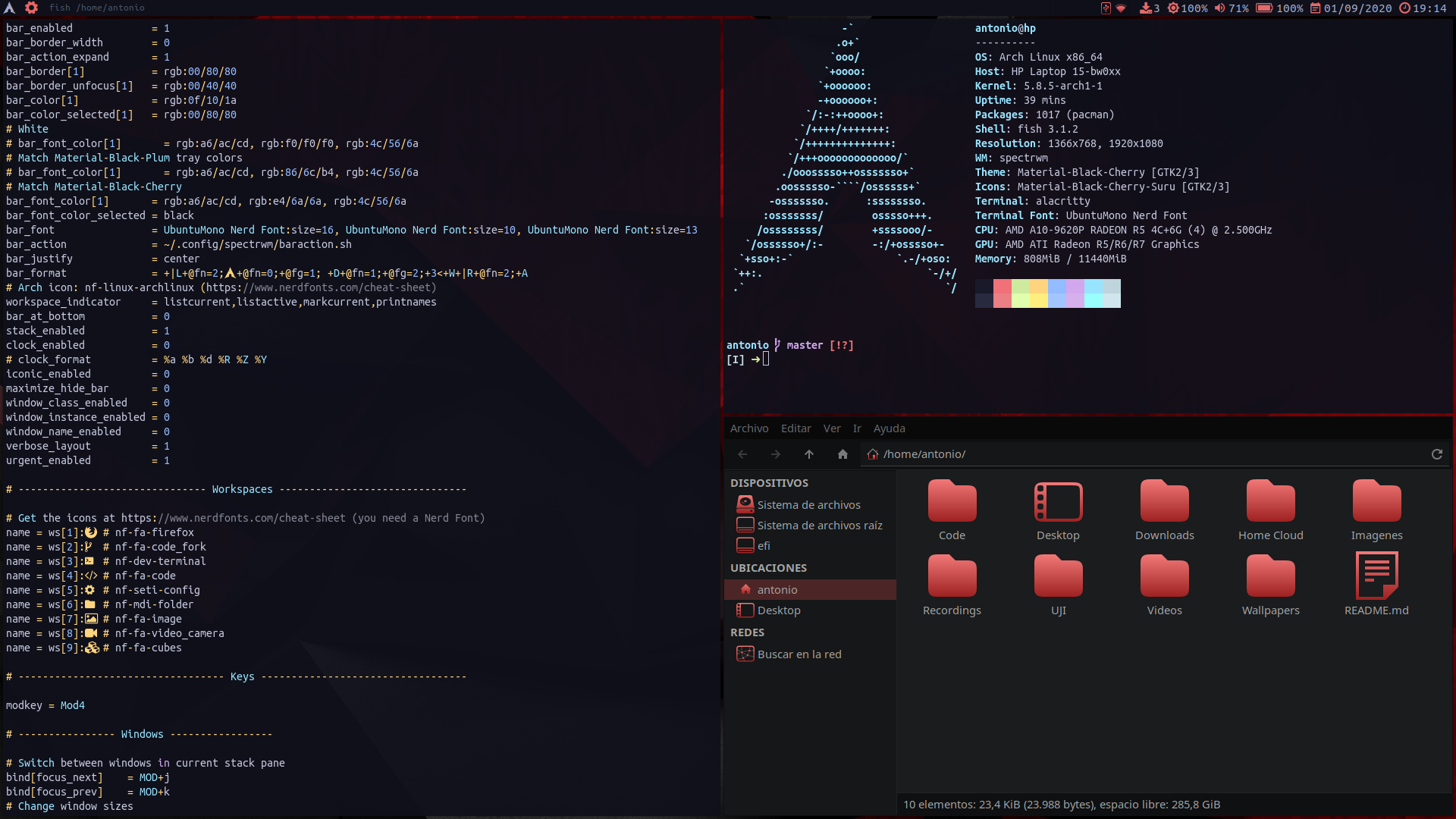

- Osx show dot files how to#
- Osx show dot files download zip#
- Osx show dot files zip file#
- Osx show dot files manual#
- Osx show dot files archive#
This is why it’s high time to download MacKeeper and keep your Mac protected at the maximum level. However, this is not enough on it’s own to keep your data safe, as those who steal people’s private information and manage to intrude into your system can be quite ingenious.
Osx show dot files how to#
It’s important to understand how to find and work with hidden Mac files to protect your privacy and system security.
Osx show dot files manual#
It might be necessary for editing system files or application settings, manual cleaning of the system, troubleshooting, and in some other cases. However, you might still need access to “invisible” files on a Mac. It also protects against damage to the entire system.

This helps in protecting important files from being deleted. Tipįor a “quieter” Terminal experience, you can add the q (quiet) or qq (quieter) parameter to the previous bulk-delete command: for f in *.zip do zip -qd "$f" "_MACOSX/*" doneįor f in *.zip do zip -qd "$f" "*/.Each operating system, and macOS even more so, keeps some files hidden from users. I use this technique for zip files I serve here at Perishable Press and elsewhere. Use Terminal to navigate to the folder and enter the following commands: for f in *.zip do zip -d "$f" "_MACOSX/*" doneįor f in *.zip do zip -d "$f" "*/.DS_Store" done
Osx show dot files zip file#
In Terminal, navigate to the directory that contains your zip file and enter the following two commands: zip -d data.zip "_MACOSX/*"Īnd/or if you have multiple zip archives in some folder, and want to remove all hidden macOS files from all of them in bulk. But what if you want to remove hidden files from an existing zip archive? Easy. The above techniques show how to exclude hidden files when creating new zip archives. Use command line to remove hidden files from EXISTING zip archives

I.e., a nice clean zip file with no hidden garbage. Now you have a file called data.zip on your desktop that does not include any _MACOSX or. Let’s say you have a folder on your desktop called Folder that includes a bunch of files that you want to zip/compress.įirst, open terminal and write following commands: cd ~/Desktop/Folder Tip: Use the cd and ls commands to navigate in Terminal. So if you want to keep some hidden files and only remove the ones added by macOS, use this command instead: zip -r data.zip. *Important: The above command will remove all dot-hidden files, including files like.
Osx show dot files archive#
The data.zip archive will not include any _MACOSX or “dot-hidden” files (i.e., file names that begin with a literal dot). The resulting zip archive will be named data.zip and located in the same directory as the original uncompressed files. Type or paste the following command into Terminal*:.Navigate to the folder that contains the files you want to zip.When creating new ZIP archives, you can use the zip command to compress/zip files without any hidden files like. Here are some techniques that I use for my own projects. On Mac you can use Terminal to easily remove all of the hidden files/folders from existing zip files. Use an app like YemuZip or free alternative to compress/zip without any hidden files Use command line to exclude hidden files from NEW zip archives May not be a huge deal for smaller zip files, but we’re talking about potentially millions or billions of zip files downloaded every day, needlessly bloated with useless data.
Osx show dot files download zip#
Which are utterly useless to non-Mac devices and users.įurther, by adding a duplicate set of hidden files to the zip archive, Mac essentially is doubling the size of the download zip file, which of course wastes bandwidth, disk space, and everything else. So anyone downloading your zip files on their Windows, Linux, or other non-Mac is going to see all those hidden files and folders. This is a real problem because many people use Mac to zip files to share on the Web. Why does macOS include hidden files in zip archives? It makes absolutely zero sense. In fact quite the opposite: the hidden files serve NO purpose other than to waste bandwidth, time, energy, resources, etc. Thus the confusion: Why on earth are the hidden files added in the first place? They are completely excluded when unzipping on Mac, and never needed for any reason on any other machine. So again, all the hidden files/folders added by Mac are included in the unzipped files ONLY when the files are unzipped on non-Mac machines. Mac excludes all hidden macOS files when opening zip archives ( view hidden files enabled)


 0 kommentar(er)
0 kommentar(er)
